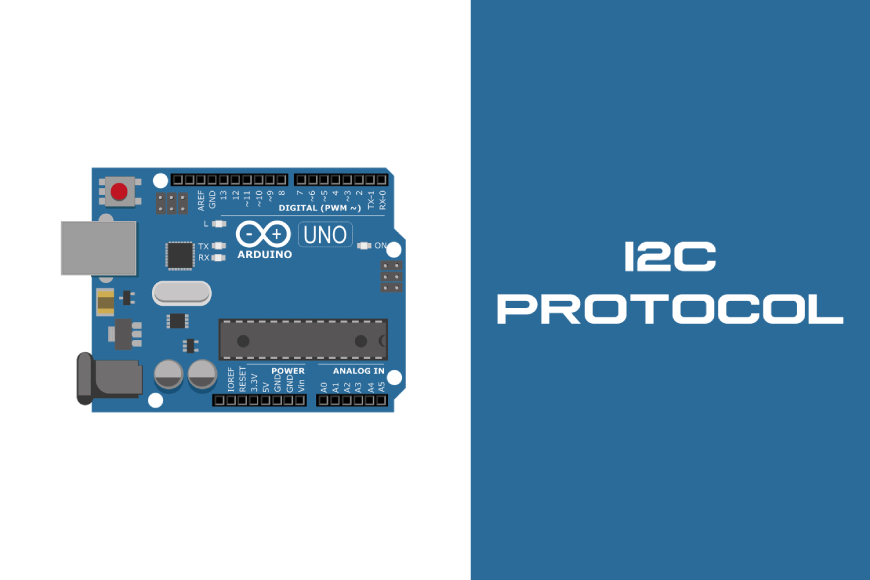Welcome to the Arduino Communication with I2C Protocol course, where you will learn how to establish communication between Arduino boards and other devices using the I2C protocol. This comprehensive course will guide you through the fundamentals of I2C communication and provide hands-on examples to demonstrate its practical applications. In the introduction and getting started section, we will explore the basics of I2C communication, its advantages, and disadvantages. You will understand why I2C is a popular choice for interconnecting multiple devices in Arduino projects.
We will cover the operation of the I2C bus, explaining how data transmission occurs between the master and slave devices. You will gain a clear understanding of the underlying principles of I2C communication. Next, we will focus on the I2C pins in Arduino and how to utilize them for communication. You will learn about the Arduino Wire library, which provides built-in functions for implementing I2C communication in your projects.
Throughout the course, we will provide practical examples to solidify your understanding. You will learn how to establish communication between Arduino boards, enabling data exchange between them. Additionally, you will explore an example of Arduino communicating with the DS1307 time and date module using the I2C protocol.
To ensure a seamless learning experience, we will provide a dedicated section on downloading and installing the required software, including the Arduino IDE and any necessary libraries. By the end of this course, you will have a comprehensive understanding of I2C communication and the ability to implement it in your Arduino projects. Join us now and unlock the potential of Arduino communication using the I2C protocol.
What Will You Learn?
- The fundamentals of I2C communication and its advantages and disadvantages.
- The operation of the I2C bus and how data transmission occurs between master and slave devices.
- How to utilize the I2C pins in Arduino for communication with other devices.
- The functions provided by the Arduino Wire library for implementing I2C communication.
- Establishing communication between Arduino boards using the I2C protocol.
- Interfacing Arduino with the DS1307 time and date module using I2C communication.
- Practical examples and hands-on exercises to reinforce your understanding of I2C communication in Arduino.
- Troubleshooting techniques for resolving common issues in I2C communication.
- Downloading and installing the necessary software, including the Arduino IDE and relevant libraries.
- Practical skills and knowledge to implement I2C communication in your own Arduino projects.
Who Should Take The Course?
- Arduino enthusiasts who want to expand their knowledge of communication protocols and enhance their projects.
- Students studying electronics, engineering, or related fields who want to gain practical experience with I2C communication.
- DIY enthusiasts and makers interested in integrating I2C communication into their Arduino projects.
- Electronics hobbyists looking to explore the capabilities of I2C communication and its applications.
- Engineers and professionals involved in developing IoT (Internet of Things) applications that utilize I2C communication.
- Educators and teachers who want to incorporate practical Arduino projects and I2C communication into their curriculum.
- Individuals with a general interest in technology and hands-on learning experiences.
- Anyone looking to expand their understanding of communication protocols and specifically learn about I2C communication with Arduino.
- Individuals who want to enhance their skills in interconnecting multiple devices and modules in their Arduino projects.
- Beginners with basic knowledge of Arduino and coding who want to delve into the world of I2C communication.
Course Features
- Lectures 18
- Quiz 0
- Duration 2h 12m
- Skill level All levels
- Language English
- Students 0
- Certificate Yes
- Assessments Self
Curriculum
- 10 Sections
- 18 Lessons
- 365 Days
- Introduction & Getting Started5
- Advantages to I2C + Disadvantages to I2C2
- I2C Bus Operation1
- I2C Pins in Arduino1
- Arduino Wire Library I2C Functions1
- Arduino to Arduino I2C Example2
- Arduino to DS1307 Time and Date Module Example1
- Download and Install Software Section3
- Bonus Lecture: Gifts, Coupons, and More1
- Premium Certificate & Transcript1


